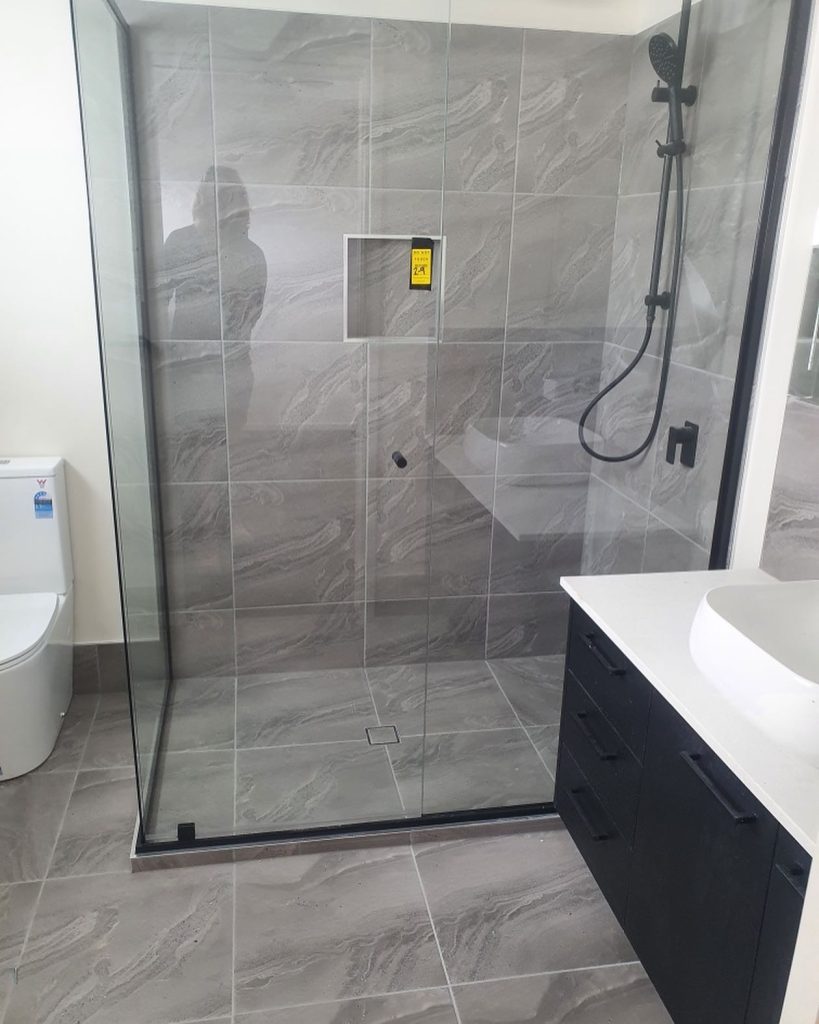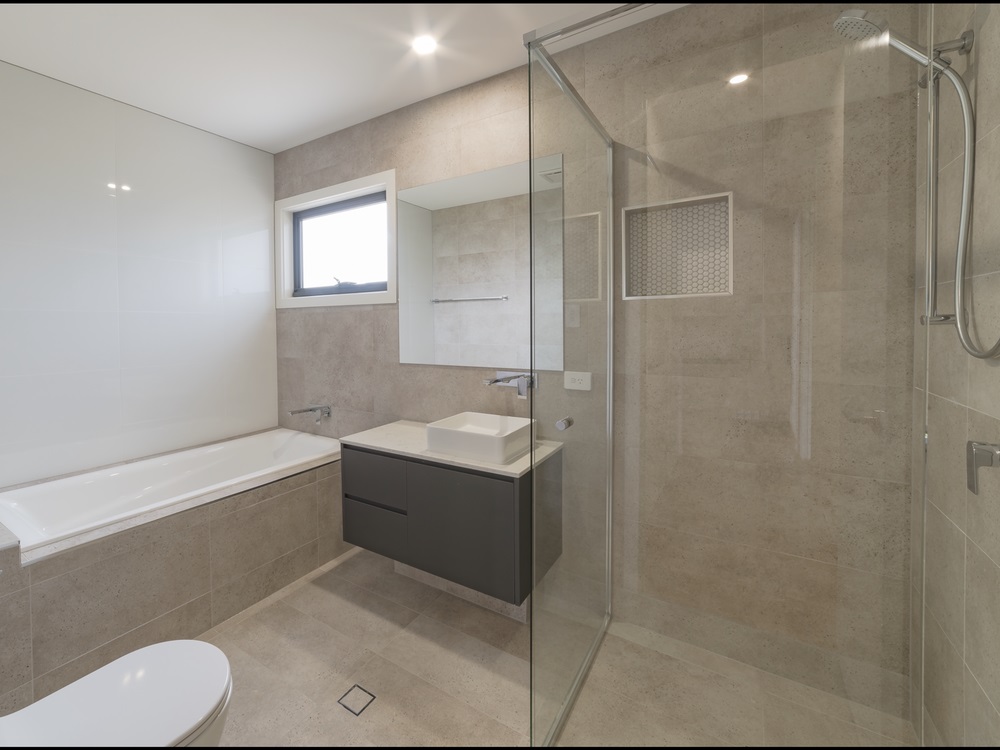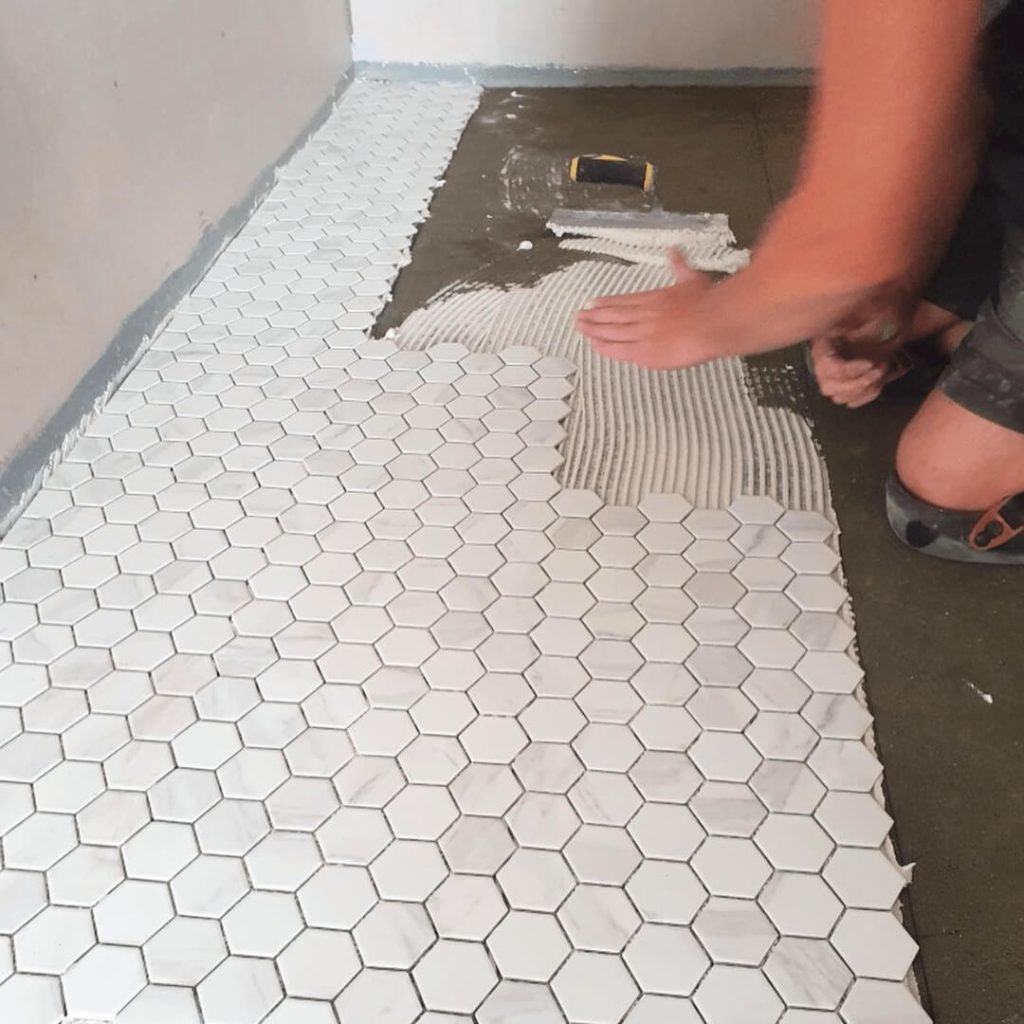Essential Strategies for Selecting the Perfect Bathroom Tiles: Begin by prioritising porcelain tiles for your flooring, as they offer remarkable durability and aesthetic appeal. Assess the thickness of tiles suitable for various applications, both on walls and floors, ensuring they meet the demands of your space. Pay close attention to batch consistency to guarantee colour matching throughout your project. It's also crucial to verify slip ratings to ensure safety on your bathroom flooring, particularly in wet areas. Finally, allocate your budget effectively, considering feature areas that can enhance the overall design. Utilising premium tiles judiciously will create a stunning visual impact while opting for standard-sized tiles can significantly reduce installation labour costs.
Choosing tiles for a bathroom renovation can often be a daunting task due to the vast array of options available, many of which appear strikingly similar in shades of white, beige, and grey. As you navigate through these choices, differentiating among them becomes especially challenging, particularly when you factor in the varying price points associated with each option.
By delving into the intricacies of tile pricing and understanding the critical elements that influence your selections, you can make informed decisions. This knowledge not only helps you avoid costly blunders but also allows you to conserve funds while achieving a luxurious finish that truly reflects your personal style preferences.
This comprehensive guide provides invaluable insights specifically for Brisbane homeowners, empowering them to make informed, budget-conscious decisions that will ultimately enhance their bathroom tile selection process.

Crucial Factors Affecting Tile Pricing: A Deep Dive into Variability
Evaluating Material Composition for Optimal Durability
<a href=”https://writebuff.com/choosing-the-perfect-tiles-for-your-new-bathroom-guide/”>Porcelain tiles</a> are renowned for their high density, reduced porosity, and exceptional durability when compared to traditional ceramic tiles. Crafted from finer clay types and subjected to higher firing temperatures, these tiles exhibit enhanced strength, which often corresponds with a higher price point.
In bathroom settings, where moisture exposure and longevity are paramount, selecting porcelain tiles frequently proves to be a judicious investment. However, it’s worth noting that ceramic tiles have seen significant advancements in recent years, providing cost-effective alternatives that are ideally suited for walls and areas with lower foot traffic.
The Impact of Tile Manufacturing on Quality and Cost Considerations
The overall quality of tiles is influenced by more than just their material composition; the manufacturing process plays a significant role in determining their characteristics.
Single-fired tiles are generally more budget-friendly but may exhibit inconsistent quality across different pieces. In contrast, double-fired tiles offer richer finishes, a wider spectrum of vibrant colour options, and enhanced durability, making them a worthwhile investment for discerning homeowners who desire excellence in their renovations.
Tiles featuring rectified edges are meticulously cut using precision machinery to ensure uniformity in size and shape. Though these tiles tend to command a higher price, they facilitate minimal grout lines, creating a seamless and contemporary aesthetic that many homeowners favour for modern bathroom designs.
The Importance of Tile Thickness for Long-lasting Structural Integrity
When selecting tiles, it is essential to recognise that tiles intended for flooring applications need to possess greater thickness and robustness than those designed for wall installations.
For instance, wall tiles typically measure between 6 to 8mm in thickness, while floor tiles generally range from 8 to 12mm. Understanding this difference ensures that your choices align with the specific requirements of each area.
- Wall tiles generally measure between 6–8mm thick, suitable for vertical applications.
- Floor tiles typically range from 8–12mm thick, designed to withstand foot traffic.
Overpaying for thick, heavy-duty tiles when only wall coverage is necessary can lead to unnecessary costs. Therefore, it is crucial to match the tile thickness with the designated area of installation to optimise your budget effectively.
Balancing Brand Reputation with Quality in Your Tile Selection Process
Branding within the tile industry can often lead to inflated prices without a corresponding enhancement in quality.
Prestigious European brands such as Porcelanosa and Marazzi frequently charge premium prices based on their established reputations rather than the actual quality of the product.
Homeowners in Brisbane should concentrate on assessing the genuine quality of materials, the firing techniques employed, and slip resistance ratings, rather than solely relying on brand names when making their selections.

Practical Strategies for Optimising Your Tile Budget Effectively
Making thoughtful and informed choices can lead to a sophisticated bathroom appearance without straining your budget. Below are some actionable strategies to optimise your spending on tiles.
Combine Premium and Standard Tiles for Visual Impact:
Incorporate high-end feature tiles on a focal wall or within a specific niche, while utilising more affordable tiles in areas that are less visible. This approach ensures a harmonious balance between luxury and cost-effectiveness, allowing you to enhance the overall aesthetic without overspending.
Choose Larger Format Tiles to Enhance Space:
Larger tiles, such as those measuring 600x600mm, can cover a greater surface area with fewer grout lines, creating an illusion of spaciousness in smaller bathrooms. This not only contributes to a more open feel but also reduces the labour costs associated with installation.
Stick with Standard Sizes to Avoid Extra Costs:
Opting for non-standard tile sizes can significantly increase both purchase and installation expenses. By choosing standard sizes, you can ensure maximum savings, simplifying the entire process.
Look for Clearance or End-of-Run Stock for Discounts:
High-quality tiles are often available at reduced prices at the end of production runs. Purchasing discontinued tiles can yield substantial savings, but make sure to acquire an additional 10–15% for future maintenance needs, ensuring you are well-prepared for any repairs.
Prioritise Durable Tiles for Floors and High-Traffic Areas:
Allocate a larger portion of your budget towards tiles intended for flooring and wet zones, where durability is essential. Conversely, utilise cost-effective options in dry or low-traffic spaces to enhance your overall value while maintaining style.
Identifying Key Quality Differences in Bathroom Tiles
While many bathroom tiles may appear similar at first glance, significant differences lie beneath the surface that can profoundly impact the success of your renovation project.
Consistency of Shade is Crucial:
Inexpensive tiles often exhibit inconsistent colours across production batches. Always verify batch numbers prior to making a purchase to avoid mismatches that could disrupt the aesthetic flow of your space and lead to additional costs.
Quality of Glazing Affects Longevity:
Inferior glazes can chip and stain more rapidly, leading to unappealing surfaces. High-quality glazing is resistant to scratching and absorbs less moisture, which is particularly important in wet areas such as showers and around baths.
Porosity Levels Matter for Maintenance:
Tiles that are highly porous can lead to water ingress and cracking over time, a common issue associated with lower-cost ceramics. Ensuring that your chosen tiles have low porosity is key to maintaining the integrity of your bathroom and preventing costly repairs.
Slip Resistance Ratings are Essential for Safety:
Bathroom floor tiles should meet or exceed an R10 slip resistance rating as per Australian standards to ensure safety in wet conditions, thus preventing accidents and ensuring peace of mind.
Neglecting to assess these critical factors can transform what seems like a simple tile choice into a costly repair and replacement situation, impacting your overall budget and aesthetic.
Understanding the Financial Implications of Grout Selection in Your Bathroom
While the choice of tiles establishes the overall aesthetic for your bathroom, the selection of grout is equally vital, as it significantly impacts durability, visual appeal, and maintenance requirements. Selecting the right grout can enhance the beauty of your tiles while also ensuring that they remain in pristine condition for years to come.
Exploring Grout Costs and Material Options for Your Bathroom Renovation
Standard Budget Grout Options:
Traditional cement-based grouts are cost-effective and suitable for low-moisture environments. However, these grouts are porous and may become discoloured or crack over time, particularly in showers and high-traffic areas, potentially leading to additional repair costs.
Premium Grout Alternatives:
Epoxy-based grouts or those modified with polymers resist stains, cracking, and moisture absorption. Although their upfront costs are higher, they often yield long-term savings by reducing ongoing maintenance and repair needs.
Premium grout options also offer vibrant, lasting colours that maintain their brilliance even with daily use, enhancing the overall look of your bathroom.
The Influence of Tile Size on Grout Costs in Your Renovation Project
Smaller tiles necessitate a higher quantity of grout, which can significantly impact both material and labour costs during installation.
- Mosaic and small-format tiles require significantly more grout, not only in terms of volume but also in labour during the installation process, complicating the project and increasing costs.
- Large-format tiles (600x600mm or larger) reduce grout lines, leading to reduced material and labour costs, making them a more efficient choice for your renovation.
If you opt for smaller tiles for aesthetic reasons, such as penny rounds or subway patterns, ensure you budget for premium grout. The visibility of grout lines increases the importance of using a durable, stain-resistant product to maintain the integrity of your design and prolong its lifespan.

Your Comprehensive Tile Buying Checklist for Bathroom Renovations
- Prioritise porcelain tiles for flooring and wet areas to guarantee superior durability and aesthetic appeal.
- Select ceramic tiles for walls where applicable to effectively balance cost and functionality.
- Confirm tile thickness based on the intended installation location, ensuring suitability for each area.
- Verify batch consistency to avoid colour mismatches that could detract from your design vision.
- Check slip ratings, particularly for bathroom flooring, to ensure safety in wet conditions.
- Invest in higher quality tiles for floors and splash zones to achieve long-lasting results.
- Be strategic: allocate your budget wisely, splurging selectively on areas that create significant visual impact.
Feel free to reach out to us for more innovative tiling ideas that can assist in keeping your bathroom renovation within budget while achieving a stylish and functional space that meets your needs.
The Article: Tile Selection to Maintain Your Bathroom Renovation Budget first appeared on https://writebuff.com
The Article Tile Selection for Budget-Friendly Bathroom Renovations Was Found On https://limitsofstrategy.com

